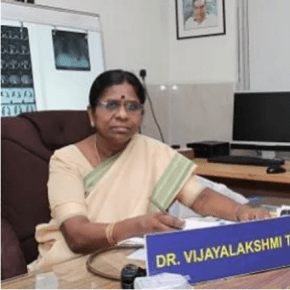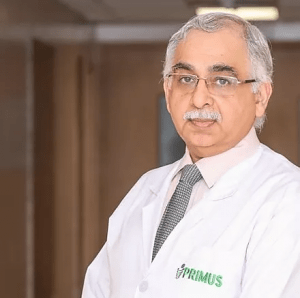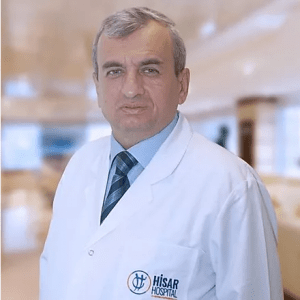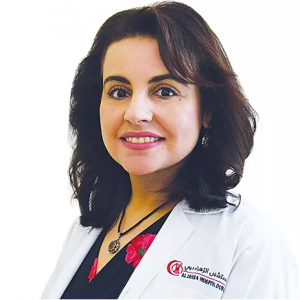WHAT IS COSTOCHONDRITIS?
Costochondritis is described as an inflammation that can be mistaken for a condition known as “Tierze syndrome” as the symptoms are acute with a pain that spreads from the chest to shoulders or arms. This pain experienced can last up to several weeks. Swelling of the region where the pain is felt tends to occur also in the intersection between the breast bone and ribs.
The inflammation for the case of costochondritis occurs in the cartilage which is the intersection of the rib and breastbone (sternum). These affected regions are known as the costochondral junctions. The pains experienced for the costochondritis is similar to the pain experienced when experiencing a heart condition.
Generally, costochondritis is not fatal and does not have a specific cause. Subduing pain with pain relief medications while awaiting recovery is the option considered for this case as the patient can recover without any form of treatment, though, pain in the chest for adults should be treated as an urgent case, thereby, requiring further examination and testing for a possible heart defect. This recovery can take weeks or months.
COSTOCHONDRITIS RISK FACTORS
The major difference between the tiers syndrome and costochondritis is the age range of occurrence. Tietze syndrome is most common in children ranging from 10 to 21 years of age while costochondritis occurs mostly in adults.
The women gender are more susceptible to this condition than the men with a ratio of 70 to 30% based on statistics. Also, people above 40 years are liable to have costochondritis.
Minor risk factors accompanied with the costochondritis are listed below:
- Manual labor above man’s capacity.
- Allergies and exposure to irritants.
- High impact activities.
- Having conditions like arthritis and rheumatism.
- Children carrying heavy backpacks.
COSTOCHONDRITIS COMPLICATIONS
Complications accompanied with costochondritis include:
- Fatigue and restlessness.
- Hard to concentrate.
- Depression.
- Excess pain.
- Headache.
COSTOCHONDRITIS DIAGNOSIS
Generally, costochondritis has no specific cause and therefore no special diagnosis for the condition. Therefore, tests for possible lung disease, heart disease, arthritis, and gastrointestinal issues are conducted with the aid of the electrocardiogram (ECG), computed tomography (CT) scan, X-ray, or Magnetic resonance imaging (MRI) to rule out the possibilities of the above-mentioned conditions.
A physical examination will be performed on the patient around the breastbone as the doctor feels the region in search of any swelling or tenderness. The tenderness is mostly experienced in the fourth to sixth rib. The arms will be moved in a specific way to ignite symptoms.
Patients with a history of surgery on the chest region will be checked for swelling, redness, pus then advanced imaging is known as the “Gallium scan” will be performed. An increase in the radioactivity of the gallium material might indicate the presence of costochondritis.
The number of white blood cells in the body will be examined. Also, the presence of pneumonia is examined using a chest X-ray.
COSTOCHONDRITIS PREVENTION
Costochondritis has no specific cause, therefore, no prevention measure can be taken to avoid it.
TREATMENT FOR COSTOCHONDRITIS
The inflammatory condition can disappear on its own but the pain can be relieved. The treatments can be segmented into the use of medications, lifestyle, therapy, and surgical procedure.
Certain medications can be used to relieve the pains experienced by costochondritis. These medications are briefly emphasized below:
Medications containing codeine or oxycodone are administered to the patient when severe pain is felt as a result of costochondritis.
- Nonsteroidal anti-inflammatory drugs
Over-the-counter medications like ibuprofen or naproxen can be used but depending on the depth of the pain, the doctor might recommend a stronger NSAID, though, they might have side effects like damaging the stomach lining or kidney.
Specific drugs utilized by patients with epilepsy known as gabapentin can be used for easing acute pain.
Medications like amitriptyline known to be tricyclic antidepressants can be used to ease acute pain mostly when trying to sleep.
Physical therapy can improve the recovery process. This therapy involves:
The nerve stimulation is performed utilizing a device known as transcutaneous electrical nerve stimulation (TENS). This involves the transfer of electric current near the pain region to mask the pain signals from getting to the brain.
This involves stretching a little in the chest muscles regularly.
When another form of the treatment proves unsuccessful, the surgical procedure is used as the last resort by extracting the sore cartilage from the body.
Home Remedies for Costochondritis
Certain self-care measures can be taken to enhance the recovery process of costochondritis. Over-the-counter NSAIDs, pain relievers can be used here.
Utilizing ice or a hot substance on the affected area can help ease the pain. A heating pad or dipping a cloth into hot water and applying pressure on the affected area can ease discomfort.
Also, placing ice on the affected region several times a day can aid recovery.
Restraining from activities that tend to ignite the pain is advisable, therefore, heavy lifting should be avoided.
COSTOCHONDRITIS MORTALITY RATE
Statistics place a 25% mortality rate immediately a patient comes in contact with costochondritis.
Symptoms
SYMPTOMS OF COSTOCHONDRITIS
Symptoms that indicate the presence of costochondritis are listed below:
- Acute pain in the chest region.
- Pains in the breast bone mostly the left side.
- Pains when breathing or coughing in the chest.
- The tender feeling when a part of the rib joint is touched. The absence of this pain indicates the absence of costochondritis.
- Redness, pus discharge, or swelling in the chest region. This is as a result of a history of surgical procedures performed in that region leading to an infestation of bacteria.
Other symptoms that need to be examined before deducting the presence of costochondritis are listed below:
- Presence of extreme fever.
- Hard breaths.
- Nauseous feeling.
- Sweating profusely.
- Excess pain even after medications.
- Dizzy feeling.
Causes
WHAT CAUSES COSTOCHONDRITIS?
Generally, costochondritis has no specific cause, therefore, can not be attributed to any family of diseases.
Costochondritis can be a result of any of the following reasons listed below:
Any form of injury that occurs around the chest region close to the arm can result in costochondritis. Physical abuse or even hitting the chest hard can cause damages to the cartilage.
Excess usage of the arm such as lifting heavy substances that are above man's capabilities can lead to costochondritis. Also, this can prompt series of severe coughing.
Conditions like arthritis, rheumatism, or ankylosing spondylitis can result in acute pain in the shoulder and breastbone resulting in the presence of costochondritis.
Some tumors that can be cancerous or noncancerous can result in costochondritis as they tend to migrate into the chest region, breastbone, or shoulders.
Infection in the cartilage region can also result in costochondritis. Components like fungi, bacteria, and viruses that can lead to syphilis, tuberculosis, or aspergillosis tend to affect the breast bone.
Also, infections present in the respiratory system can ignite costochondritis. Surgical operation near the chest region or usage of IV drugs can play a role in acute pain.
Possible trauma to the chest wall can prompt costochondritis mostly when the trauma occurs frequently.
Large breasts contribute to the costochondritis causes increasing the chances of susceptibility for women.
FAQ
What is the difference between costochondritis and Tietze syndrome?
Both are mistaken to be the same but they differ in the age group of occurrence and presence of swelling. Costochondritis is not accompanied by swelling.
Can costochondritis be fatal?
When the costochondritis remains untreated, it becomes more painful therefore, pain relievers are used before the costochondritis finally goes.
Is costochondritis a lifetime?
No, costochondritis just stays for some weeks before vanishing on its own if proper care and prescription methods are followed.
Can costochondritis turn into a heart attack?
No, costochondritis can not turn into a heart attack but the pain experienced is synonymous with that of a heart attack.
Is costochondritis a sign of cancer?
Costochondritis can be a sign of cancer as cancerous tumors can result in the condition. Also, viruses or bacteria can infest the breastbone causing tumors.























































